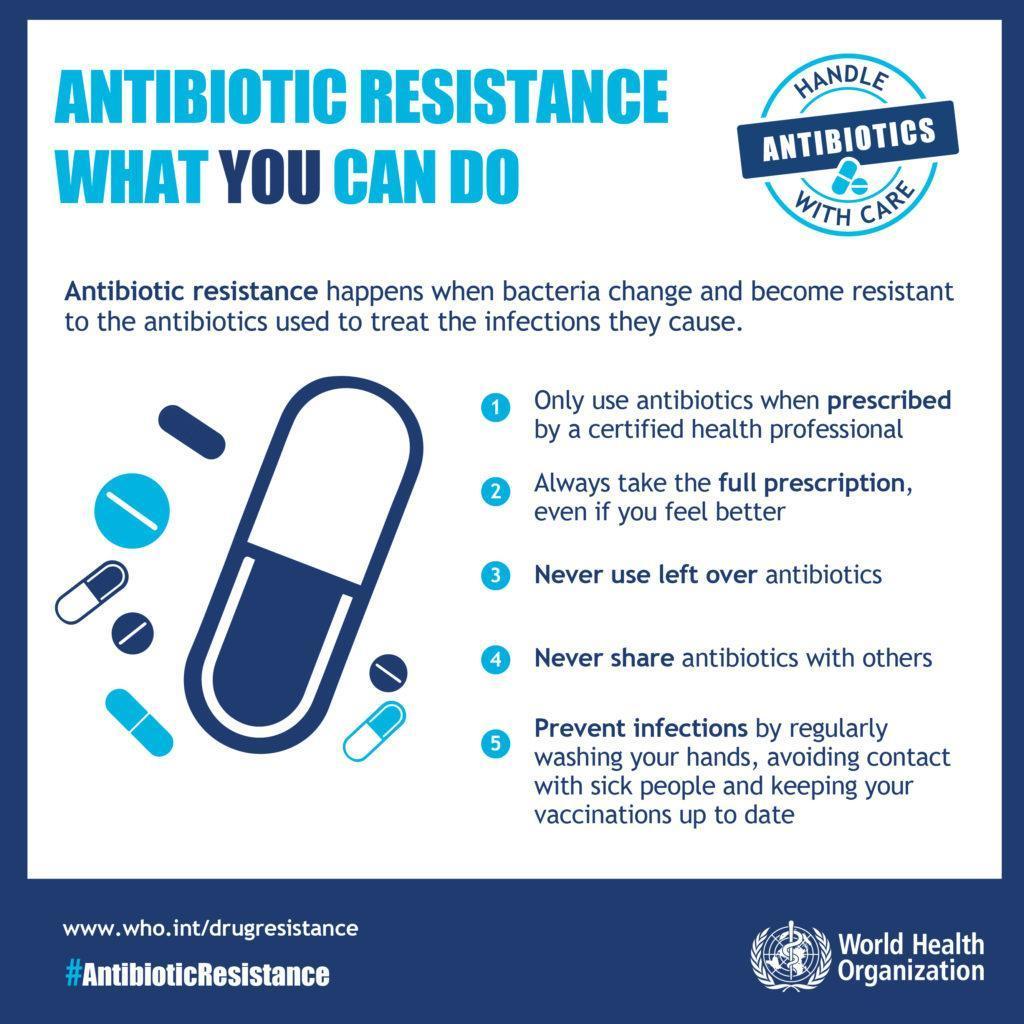The World Health Organisation’s recent survey on the effectiveness of antibiotics in most high and low income countries, has validated speculations on antibiotics inefficiency, as the surveillance data revealed high levels of resistance to a number of serious bacterial infections across the globe.
According to the WHO’s report titled: “Global Antimicrobial Surveillance System (GLASS) it was stated that there is widespread occurrence of antibiotic resistance among 500 000 people with suspected bacterial infections across 22 countries.
Top among the commonly reported resistant bacteria were: Escherichia coli, Klebsiella pneumoniae, Staphylococcus aureus, and Streptococcus pneumoniae, followed by Salmonella spp. The system does not include data on resistance of Mycobacterium tuberculosis, which causes tuberculosis (TB), as WHO has been tracking it since 1994 and providing annual updates in the Global tuberculosis report.
Although there is proportional difference among patients with suspected bloodstream infection, but the proportion that had bacteria resistant to at least one of the most commonly used antibiotics ranged between different countries – from zero to 82%.
Resistance to penicillin – an age-longed medicine used worldwide to treat pneumonia – ranged from zero to 51% among reporting countries. And between 8% to 65% of E. coli associated with urinary tract infections presented resistance to ciprofloxacin, an antibiotic commonly used to treat this condition.

Analysing the foregoing findings, Dr Marc Sprenger, director of WHO’s Antimicrobial Resistance Secretariat, noted that the report actually confirmed the serious situation of antibiotic resistance worldwide.
“Some of the world’s most common – and potentially most dangerous – infections are proving drug-resistant,” adds Sprenger. “And most worrying of all, pathogens don’t respect national borders. That’s why WHO is encouraging all countries to set up good surveillance systems for detecting drug resistance that can provide data to this global system.”
The report was collated from data gathered from 52 countries (25 high-income, 20 middle-income and 7 low-income countries) which are enrolled in WHO’s Global Antimicrobial Surveillance System. For the first report, 40 countries provided information about their national surveillance systems and 22 countries also provided data on levels of antibiotic resistance.
In his own contribution, Dr Carmem Pessoa-Silva, who coordinates the new surveillance system at WHO, explained the importance of the report, which he described as a vital first step towards improving the knowledge of the extent of antimicrobial resistance. “Surveillance is in its infancy, but it is vital to develop it if we are to anticipate and tackle one of the biggest threats to global public health”.
While the report also revealed major setbacks encountered by some countries towards building their national surveillance systems, the WHO has declared her willingness in supporting more countries to set up national antimicrobial resistance surveillance systems that can produce reliable, meaningful data. GLASS is helping to standardize the way that countries collect data and enable a more complete picture about antimicrobial resistance patterns and trends.











